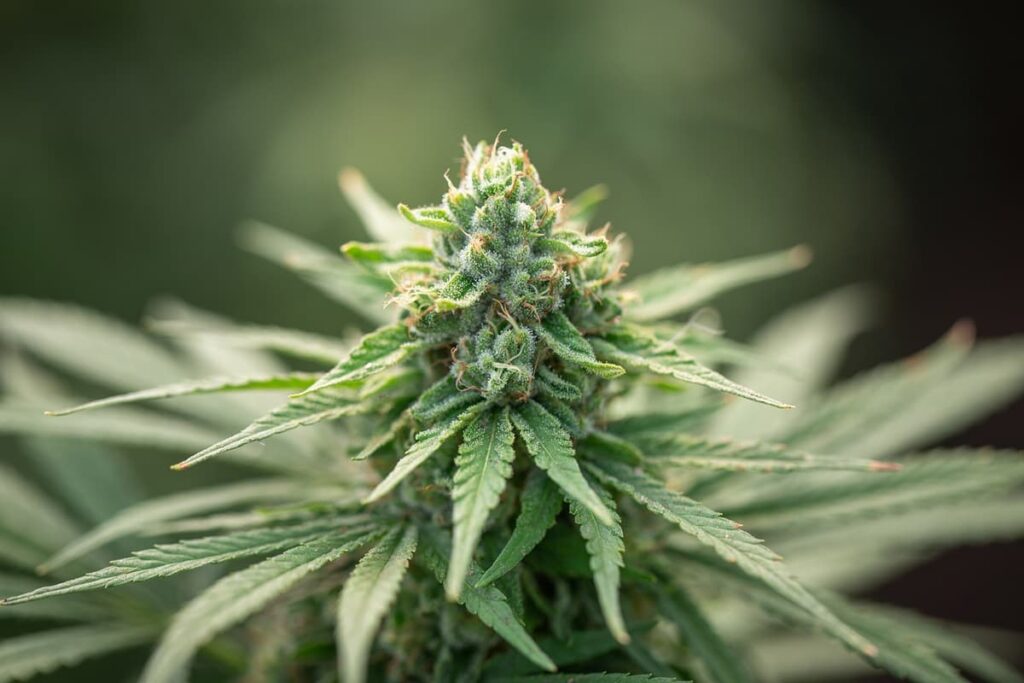Canada’s “Cannabis Securities Exchange”
Table of contents

The Canadian Securities Exchange (CSE) is an alternative stock exchange in Canada that “began operations in 2003 to provide a modern and efficient alternative for companies looking to access the Canadian public capital markets.” It’s also become a haven for cannabis stocks lately. We downloaded the most recent list of stocks that trade on the CSE and found 517 listings. Incredibly, 170 of those are cannabis related. That means about one third of all stocks traded on the CSE are related to cannabis making some people joke that CSE should actually stand for “Cannabis Securities Exchange.” What these pundits may not know is that the exposure to cannabis stocks appears to be well beyond 50% of the entire exchange. Let’s take a closer look at how we arrived at that conclusion.
The CSE Composite Index
In order to better understand the CSE as a whole, we can use what’s called a “stock index” which is a representation of how all stocks on the CSE perform. In other words, it’s not simply just a basket of all stocks on the CSE. Instead, it’s a collection of just 257 companies that provides “75% coverage of all equities listed on the CSE.” That’s generally how indexes work. In order to describe how a portfolio of securities performs, you don’t need to include them all. You can simply use a subset which is easier to manage, describe, and track. That’s what the CSE Composite Index does, and here’s how it’s performed over the past 5 years. Horribly.

It’s no surprise to see that this index is incredibly volatile considering how volatile cannabis stocks have been. What we’re more interested in is digging deeper into the composition of this index. When the index refers to “75% coverage,” they’re not talking about including 75% of the total 517 listings (which would be around 387 stocks). They’re talking about 75% of the total market cap on the exchange (which is actually around 257 companies). Allow us to explain. (Please note that we’re going to use U.S. dollars for the remainder of this article – unless otherwise specified – because that’s where the majority of our readers hail from.)
Understanding Market Cap
Market cap is an easy way to compare the size of companies. It’s simply the number of outstanding shares multiplied by the share price. For example, Google is one of the largest companies in the world with a market cap of around $756 billion. The largest cannabis grower, Canopy Growth, has a present-day market cap of $14.4 billion. The largest company trading on the CSE – Curaleaf Holdings – has a market cap of $3.55 billion. The entire CSE Composite Index has a market cap of just $19 billion which means that Curaleaf Holdings accounts for almost 21% of the entire index performance (below numbers in CAD).

As we’ve talked about before, the rule of thumb for a well-diversified portfolio of equities is that you ought to hold at least 30 stocks. That would mean that – all things being equal – no single stock would represent more than around 3.33% of your portfolio’s value. If one of your stocks pulls an Enron, then you’re only down 3.33%. That’s why diversification is such an important concept.
When we look at the top-10 stocks in the CSE Composite Index, we see that they’re all cannabis stocks which represent almost 54% of the entire CSE Composite Index value.

Continuing down the list, we reach 65.5% of the index market cap before even coming across one company that’s not cannabis related (it’s called Irving Resources and it’s probably only a matter of time before they “pivot” from mining to cannabis using some sort of convoluted reverse merger). What we’ve learned here is that the CSE’s exposure to cannabis is much greater than the 33% we had initially guesstimated. It’s a number that’s likely to grow, as companies both large and small seek to list on a public exchange to access more capital while paying fees that are quite affordable. It’s these economical listing fees which might help explain why so many smaller cannabis companies find the CSE to be such an attractive exchange.

Small Caps and Volatility
One thing they teach you in Intro to Finance is the notion of how small cap stocks perform differently than large-cap stocks – and that they’re typically more volatile. In other words, the amount of money you can make in small-cap stocks may be greater than large-cap stocks but so is the likelihood of losing your money. Cannabis stocks are already volatile enough, so when we add the small-cap element into the mix, it’s no surprise to see a performance chart that resembles a roller coaster. (The average size of a stock on the CSE Composite Index is around $49 million.) Given that most cannabis investors are new to the game, that compounds the problem even further.
The other thing to note here is that stocks which trade on a particular exchange will share some similarity in how they perform. It was a man named Barr Rosenberg who became famous for developing the “multi-factor model” which attempts to explain stock price performance for any given stock. Since the entire exchange revolves around cannabis stocks, what’s happening in the world of cannabis will have an effect on all stocks in the CSE. It’s just another reason why the term “Cannabis Securities Exchange” seems more and more fitting.
Conclusion
While there may be 170 “cannabis stocks” trading on the CSE, most of these you shouldn’t touch with a ten-foot pole. We’ve talked about why. Similar to the over-the-counter (OTC) market, stocks that list on the CSE don’t have to meet the sort of stringent requirements that one would encounter trying to list on a major exchange. Still, that doesn’t mean they’re all bad. If you’re an investor with an extremely high tolerance for risk, then there might be some companies on the CSE worth taking a look at. In our next cannabis-related article, we’re going to take a look at one U.S. company that claims to be dominating the American cannabis market and has decided to list on the CSE in search of more capital.
Sign up to our newsletter to get more of our great research delivered straight to your inbox!
Nanalyze Weekly includes useful insights written by our team of underpaid MBAs, research on new disruptive technology stocks flying under the radar, and summaries of our recent research. Always 100% free.














